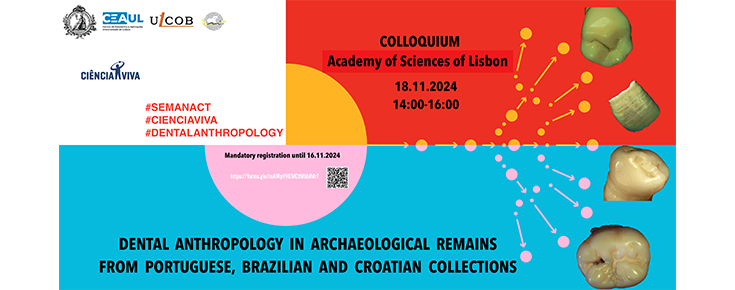
For researchers around the world studying archaeological, fossil and forensic remains, the teeth are possibly the most valuable source of evidence in understanding the biology of ancient communities, following the course of evolution and identifying an individual from their remains. Dental anthropology might therefore be defined as a study of people from the evidence provided by teeth. Teeth have a distinct anatomy and physiology, all their own and wholly different to the biology of the skeleton, and teeth are also unique amongst the resistant parts of archaeological and fossil remains in having been exposed on the surface of the body throughout life.
A. Zoubov (1997) defines Dental Anthropology as the study of morphological and metrical variation of dentition in human populations, according to time and space; in relation to feeding changes which have produced evolutionary processes in the human beings. John R. Lukacs (1997) considers Dental Anthropology as the science about the tooth, which determines diet patterns, physiological stress levels, biological affinities and migration patterns in ancient populations.
This science allows researchers to explain the human beings diversity and adaptation. It involves different research topics, such as: morphology, odontometry, dental pathology, dental wear, dental growth and development, and cultural treatments.


















